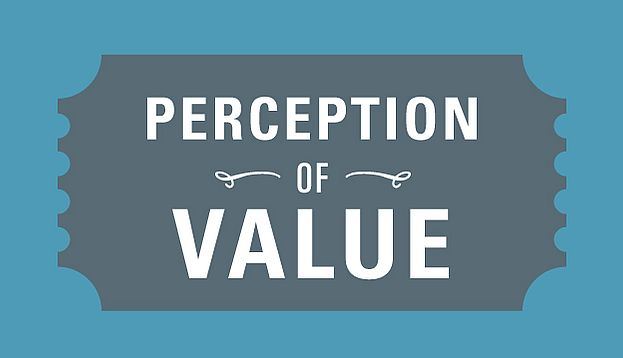It’s funny how pricing has changed on certain items over the years. For instance, a large 512MB memory patch for a computer back in the 80’s would’ve run you easily a thousand dollars (if not more), where nowadays, a customer can easily pick up a 1TB hard drive for under a hundred dollars (or maybe even less). Meanwhile, some items have become more expensive over time.
With that, a new infographic, put together by Vouchercloud, breaks down the perception of value overall, comparing various things in one lengthy (yet informative) chart that discusses value across a number of categories, from the evolution of food (lobster going from prison food to gourmet item in restaurants) to getting healthier to “the new sound of value,” talking about the importance of iTunes and its effect on the CD market.
Using a number of resources, Vouchercloud was able to break these down specifically. For example, price can affect someone’s perception rather easily, with “Charm Prices” that are made to increase sales. They effectively do so, by 24 percent, versus nearby, rounded price points. Pricing an item between $34 and $44, for example, at $39 can make it easier to sell, as consumers can be more drawn in by prices that have the number nine in them.
Also, some consumers were given cups of wine to try, and even though they were the same, the participants were told that each sample came from different wineries across the world. Out of all the samples, the ones explained to be the most exotic got the highest ratings overall, and also prompted the participants to believe that it was worth a much larger price tag — again, even though it was the same wine.
The article also breaks down factors as to why consumers are willing to pay more for items — and a lot of it has to do with quality and speed. Several factors play a part, such as making a product easier to buy, arriving more quickly, and having a lower cost of ownership. Quality customer service seems to play a big part as well, since it prompts consumers to come back for more, rather than be turned off by someone rude.
The full infographic is below, and it’s something that marketers will want to take a look at.


